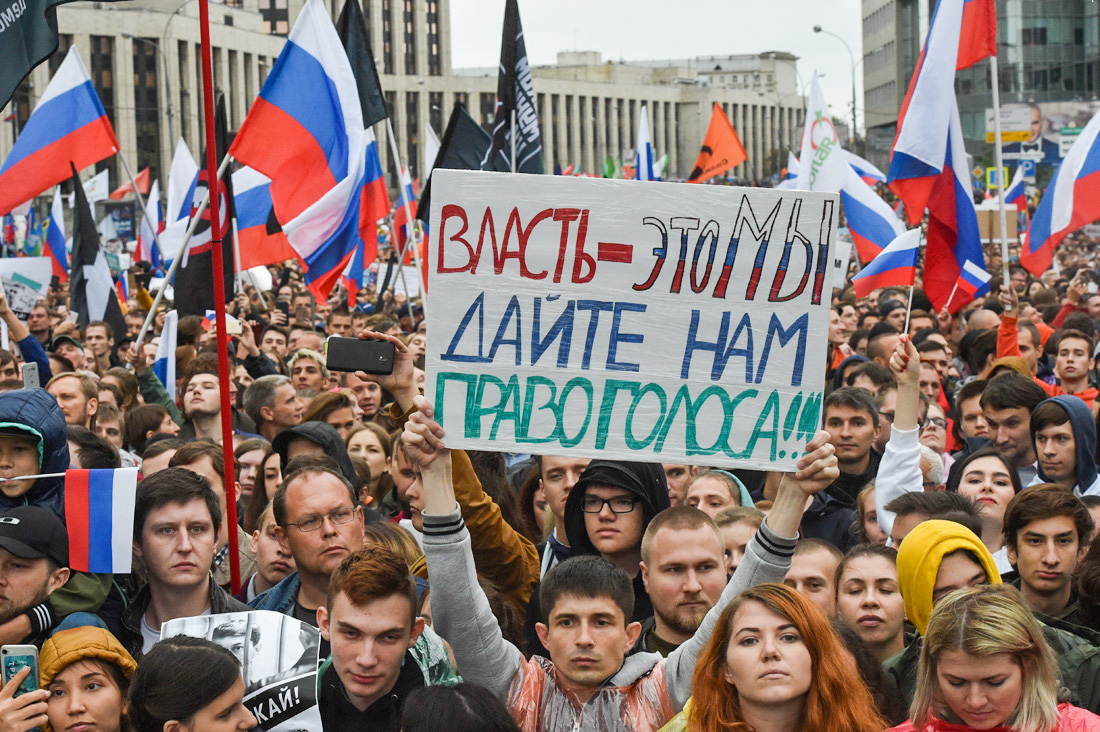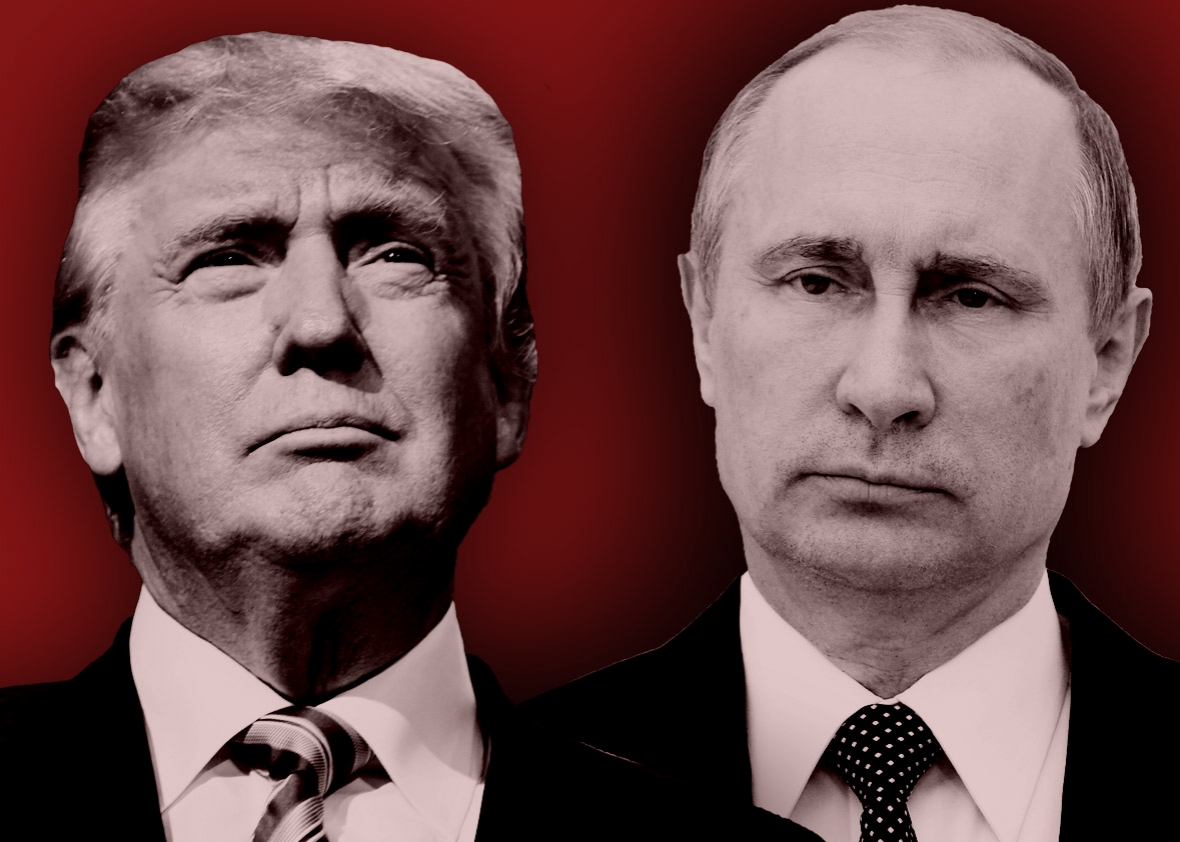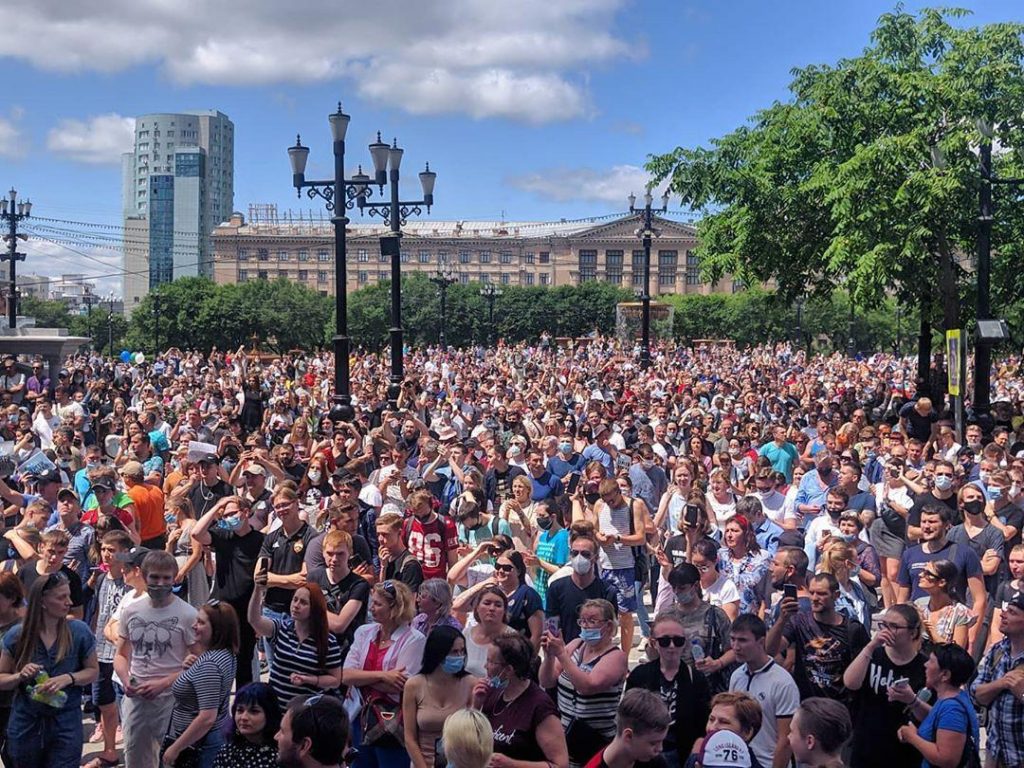The political scientist at St. Petersburg’s European University argues that this is the lesson of the events in Belarus and even more in Venezuela. If a leader like Putin retains control of the siloviki and the loyalty or at least subservience of the elites, he can withstand even the most massive forms of street protest.
Consequently, those who seek regime change must not assume they will achieve it by mass mobilization. Instead, they must consider the entire political scene and recognize that under modern conditions, a state can resist even the largest manifestation of popular unhappiness in the form of huge street protests.
At the same time, Golosov continues, such people and those in the regime they want to change must recognize two other aspects of this situation. On the one hand, shifts against the regime can be triggered by apparently minor and unpredictable events, a pattern that means when the situation begins to change, it can prove transforming very quickly.
And on the other hand, despite the pessimism of most that such change will lead even more nationalistic forces to come to power, there is good reason to think that that will not be the case because the nationalists have every reason to support the existing powers and thus are unlikely to be the moving force for change, except under the most unusual of conditions.
Read also:
- Anti-mobilization protests break out in Russia's Dagestan
- Protests against war in Ukraine spread across Russia (27 Feb 2022)
- After Putin, Russia to become even greater threat to Ukraine, Kyiv analyst says
- Fourth week of protests in Russia’s Far East: everything you need to know (2020)
- Collective ‘network’ action is why protests in Khabarovsk and Belarus are lasting so long, sociologist suggests (2020)




